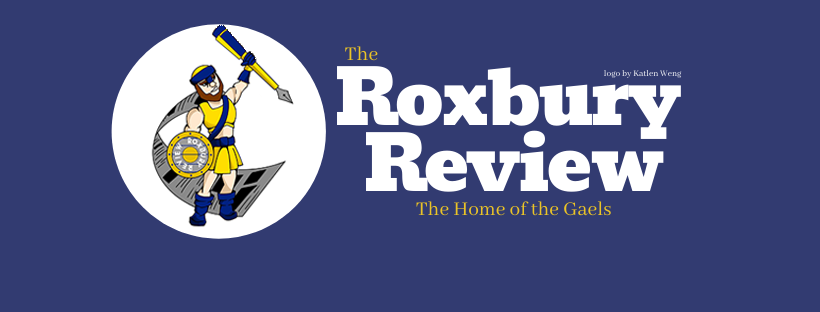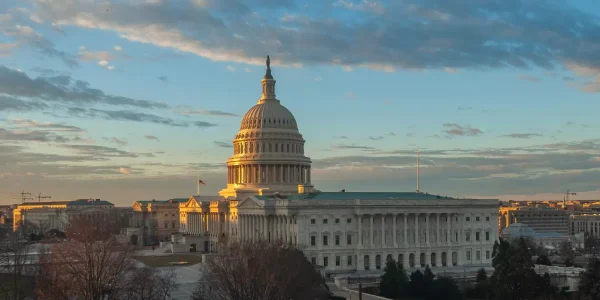December Holiday Traditions
This time of year is full of many different holidays such as Christmas, Hanukkah, Three Kings Day, and Kwanzaa. All of these holidays have different traditions and ways in which to celebrate. Even those who celebrate the same holidays may have friends or family members who celebrate different traditions. Though these holidays are celebrating some of the same things, they are celebrated in very different ways.
Christmas
Common Traditions
The most common Christmas tradition is putting presents beneath a Christmas tree and opening them on Christmas Morning. Kids are told to behave so they get on Santa’s “Nice List,” and they’re warned that they could end up on his “Naughty List” if they don’t. Kids write letters to Santa and, if they make it on his “Nice List,” he leaves them presents on Christmas Eve. If they’re on the “Naughty List,” though, they get coal. Some families put up fake trees, some buy real trees, and some go cut down a real tree themselves. Many families begin celebrating on Christmas Eve by allowing everyone to open one of their presents, leaving the rest until Christmas morning. One of the most common traditions leading up to Christmas is watching Christmas movies with loved ones. Another popular tradition is for kids to leave cookies and milk out for Santa. Some take it a step further and leave food out for the reindeer, too.
Games
Many friend groups, coworkers, and families partake in various traditional Christmas games.
One game is a Secret Santa. For a Secret Santa, everyone randomly picks a person to get a gift for and, on the day of the exchange, everyone tries to guess who their “Santa” was. Here is a link to the directions: https://www.whiteelephantrules.com/secret-santa-rules/
Another game is White Elephant. For this game, people gather with a group of friends and everyone brings a wrapped present with them. The presents all go in a pile and, one- by- one, people pick a gift to open. Gifts can be stolen from each other, and normally there is a set price limit. Here is a link to the full instructions: https://www.whiteelephantrules.com/
Some people have contests of creativity. These contests include gingerbread house building, cookie making, cookie decorating, and ornament making. Another competition is to have an ugly sweater contest. Though these activities are fun for kids, many adults take it a step further by hosting competitions like this. It is a fun way to bond with family or friends.
Religious Aspects
Christmas is a Christian holiday that commemorates the birth of Jesus Christ. Many attend church on Christmas Eve or Christmas Day. Many display a nativity scene, which depicts Jesus’s birth along with the arrival of the Three Kings— each of whom each brought Jesus a gift.
Hanukkah
Hanukkah is a holiday that first began as a celebration of the Maccabees defeating the Syrian army. It also celebrates a miracle that occurred in the Temple of Jerusalem— when one day’s supply of oil, by some miracle, kept a menorah lit for eight days. Because the one day supply lasted for eight days, Hanukkah is celebrated for the same number of days. Hanukkah begins on the twenty fifth day of Kislev, which varies from late November to December. Each night for eight days, another candle is lit on the menorah. Gifts are exchanged between friends and family each of the eight days. Children play with dreidels. The dreidel has four sides and each one is emblazoned with a different Hebrew letter. The meaning behind the letters together translates to “A great miracle happened there.” Other ways observers of Hanukkah celebrate is by singing songs, reciting the Hallel Prayer, and eating traditional foods. Some of the traditional foods include latkes, sufganiyot, beef brisket, kugel, rugelach, and more!
Kwanzaa
Kwanzaa is celebrated for a week beginning on December 26 and ending on January 1. Kwanzaa is celebrated to honor African American culture and heritage. Kwanzaa began in 1966 and was created by Dr. Maulana Karenga. Kwanzaa has seven principals and, each day, one is discussed. Day one is Umojah, which translates to Unity. Day two focuses on Kujichagulia, which means self-determination. The third day is Ujima, which means collective work and responsibility. The fourth principal is Ujamaa, meaning Cooperative Economics. Day five is based on the principal of Nia, which means purpose. Kuumba is the principal for day six, it translates to creativity. The final principal is Imani, otherwise known as faith. Kwanzaa also has seven symbols which are, mazao (Crops), Mkeka (Place Mat), Muhindi (Ear of Corn), Mishumaa Saba (The Seven Candles), Kanera (The Candleholder), Kikombe Cha Umoja (The Unity Cup), and finally Zawadi (Gifts). The holiday is concluded with a feast on the final night.
Three Kings Day
Three Kings Day is celebrated on January 6 to commemorate the three wise men visiting Jesus. This holiday goes hand-in-hand with Christmas and marks the end of the Christmas season. One tradition for Three Kings Day is to remove Christmas decorations the night before. Another tradition is for kids to leave their shoes outside their door so the three kings will leave a gift inside. Some children make crowns to wear at dinner to represent the Kings and some leave hay outside for the king’s camels.

Rebecca Wood, best known as Becky, is a hard-working senior currently attending Roxbury High School. She always enjoyed making up creative stories, even...






